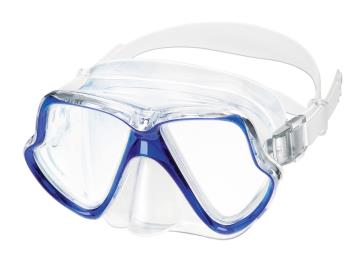
-
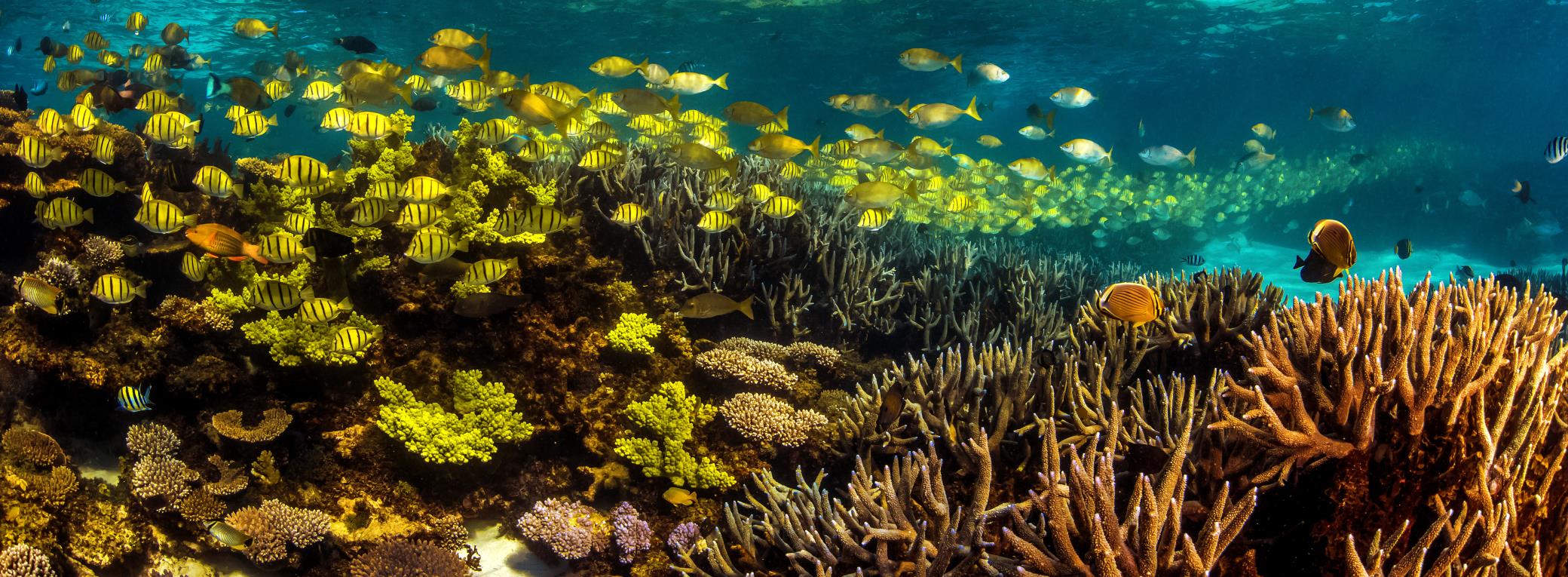
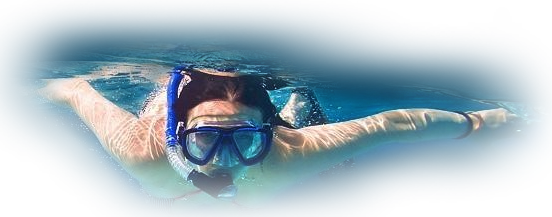
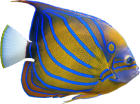

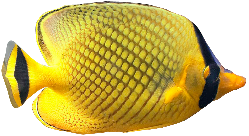

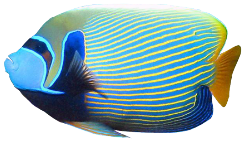


 discover beautiful lagoons!an underwater paradise
discover beautiful lagoons!an underwater paradise
Snorkeling is the art of diving without a bottle containing pressurized air.
You will have to at least equip yourself with a mask, it is easier with a tuba and less tiring with fins.
First of all, it is often possible to observe colored fish and corals in tropical seas such as the Red Sea, the Atlantic Ocean, the Caribbean Sea, the Indian Ocean, the China Sea, the Pacific Ocean, the Arabian Gulf, the Coral Sea and the Andaman Sea. Rare but possible also in Mediterranean Sea and Aegean Sea. It is therefore obvious that you have to go on the spot and TropicsBeach prepares you for the trip.
If water is not a phobia, I advise you to take advantage of the free or paying tours that will usually take you to the best snorkeling sites. The advantage of lagoons with open or closed coral reef is that it is not necessary to dive deep to observe a multitude of marine species, just between 1 and 5 meters, most of time at the surface, with the best visibility because the sunrays illuminate the panorama while warming you up!

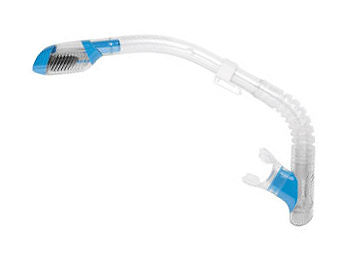
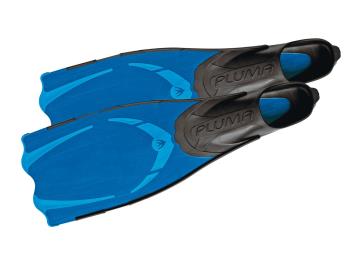
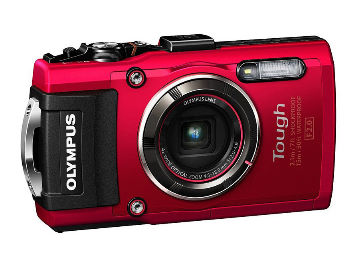
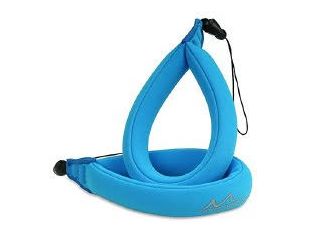
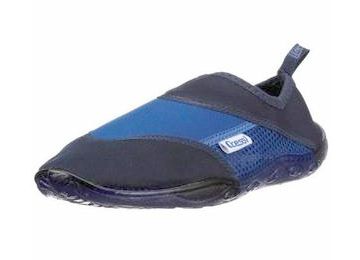
The priority is to be at ease with his equipment, at the store and during its first uses. The minimum required is a tempered glass mask and a snorkel. I highly recommend a snorkel equipped with check valve system. The water does not penetrate from above but the blown air comes out. This avoids panicking in case of clumsiness. The fins add to the bill and the suitcase, so if you are not regular in practice, rent them at destination or they are often lent on boat trips.
Before directly pouncing on a snorkeling spot, if it's a first time, train on a quiet beach, breathe normally through the mouth, only with mask and snorkel, out of the water. It is very simple. Then, stay in your depth, stand up and lean forward, put your mask and head under water. Sometimes it takes a few minutes to get used to.
Then, learn to empty your mask and snorkel in case of water ingress. If water enters the snorkel (basic model), you just blow the air strongly in the snorkel. The water will be evacuated through the valve provided for this purpose (upmarket snorkels), or by its single hole end. If you have water in the mask, put your head out of the water and simply lift the bottom of the mask to drain water. Rinse in case of condensation. Some masks are equipped with valves that allow you to evacuate water by exhaling air with the nose in the mask without the need to remove it.
The next step is to learn how to practice snorkeling in a horizontal position on the surface of the water without touching the bottom. For that, just let yourself float, face in the water. You will find that it requires no special effort and that, you float alone effortlessly. Indeed, your lungs are always filled with air, the flotation is acquired. Relax, be relaxed, snorkeling should be a truly soothing activity where you lose the notion of time. Your body weighs only 10% in this warm sea and you normally see amazing things, rather colorful.
Learn how to move by slowly beating fins (type crawl), without great amplitude, quiet, do not breathless and try to keep them a few centimeters below the surface of the water. Stay in a horizontal position. Keep your arms along the body or joined in the back to be more fluid in the water. With the habit, you will see that it is easy to reach high speeds and to travel great distances of observation while beating more sportively.
For those who wish, the next step is the practice of apnea, which allows to dive under the surface of the water. By moving a few meters below the water, you immerse yourself totally in the underwater world, and take advantage from the best angles for underwater photos.
From the surface, take your breath and plunge your head vertically into the water. Use your arms, then your fins, to position yourself vertically (head down) and descend to the bottom. Once you reach the desired depth, you can easily reposition yourself horizontally, thus exploring the seabed. It is imperative to perform a pressure balancing maneuver during your descent (including at low depths, the air contained in the middle ear decompresses). To do this, squeeze your nose and gently blow into it until you feel relief. When you return to the surface, exhale strongly the air in your lungs in order to drain the water present in the snorkel (basic model), and resume your exploration in horizontal position on the surface of the water.
The practice of apnea depends on the lung capacity of each one, and can present risks. Do not practice snorkeling if you are alone in the water and always remain reasonable (on depth as the duration of immersion). Never exhale the air in your lungs before you reach the surface (even if it is more stable in water), as an inspiratory reflex can occur and water may enter in your lungs.